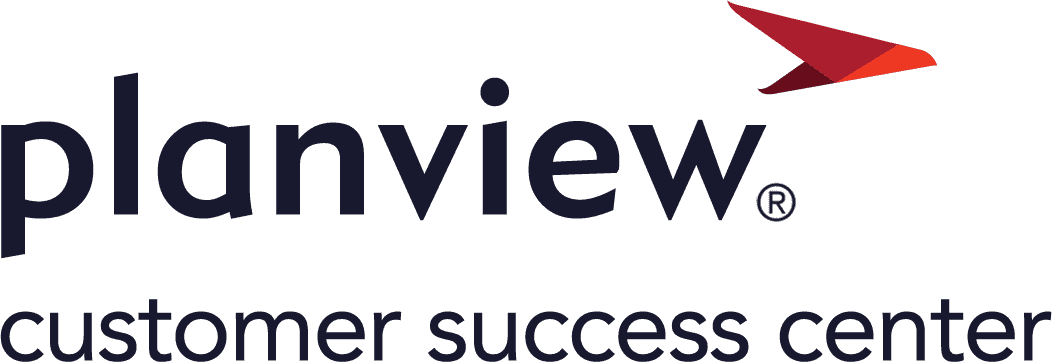Visible Flow
Introduction
Optimizing productivity and efficiency is crucial for success in today's fast-paced business environment. Enabling flow visibility by making the work visible is a powerful approach that provides value stream teams with real-time insights into their value progress and challenges. By visualizing work items using Kanban boards within the Agile Management Tools (e.g., Planview AgilePlace), managers and teams can identify bottlenecks, streamline processes, and improve collaboration.
This transparency leads to enhanced productivity, better decision-making, and a culture of continuous improvement. With a clear understanding of work status and dependencies, organizations can achieve greater agility and deliver value more effectively in their product development endeavors.
The Visible level for your portfolio and Value Stream Network is complete when the following conditions are met.
- Standards defined and documented
- Group and product hierarchies designed and reflected in Viz
- Value streams modeled and managed
Sign in to access Exit Criteria for Visible Flow and additional guidance.
Share your feedback
Do you have any suggestions that can help us improve this page? Let us know.

